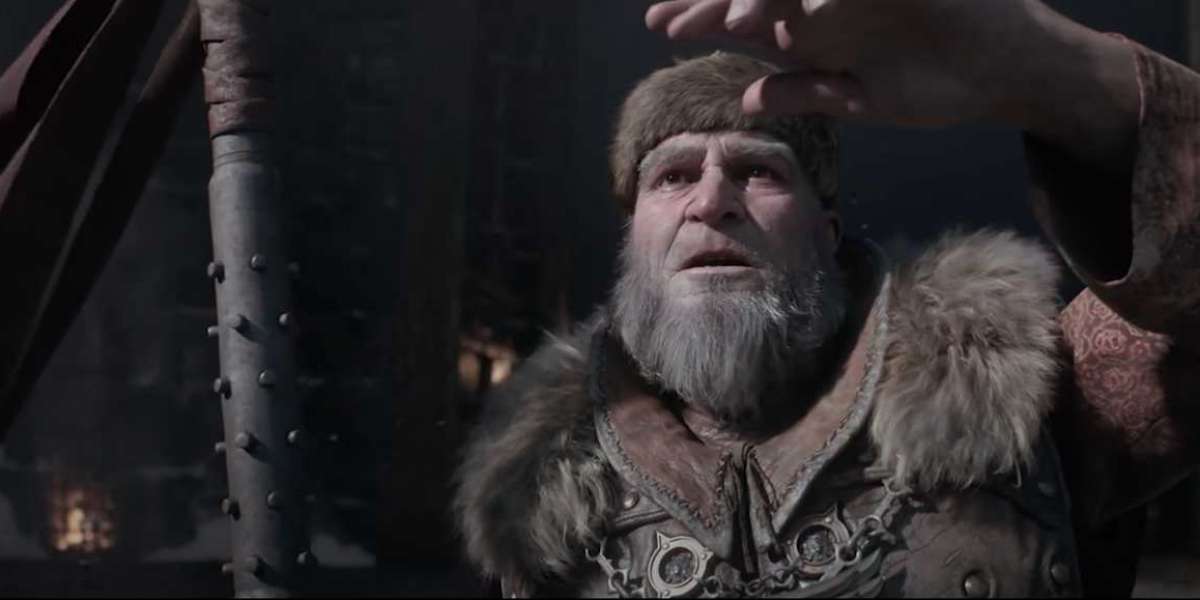Market Research Future Insights
According to MRFR analysis, The force sensor market industry is projected to grow from USD 4.03 Billion in 2023 to USD 4.03 billion by 2032, exhibiting a compound annual growth rate (CAGR) of 6.20% during the forecast period (2023 - 2032).
One important reason driving the growth of the force sensor market is the increasing use and utilization of various forms of small and large force sensors in the automotive sector. Furthermore, low manufacturing costs, increased demand for force sensors in robotics, technological and healthcare advancements are becoming driving forces for innovative, developmental, and technological advancements in force sensor design.
Request Free Sample - https://www.marketresearchfuture.com/sample_request/4454
Market Segmentation
The global force sensor market has been segmented into type, application, and vertical.
By type, the global force sensor market has been segmented into Piezo Electric Force Sensor, Piezo Resistive Force Sensor, Capacitive Force Sensor, Optical Force Sensor, Magnetic Force Sensor.
By application, the global force sensor market has been segmented into process monitoring and control monitoring.
By vertical, the global force sensor market has been segmented into manufacturing, packaging and printing, defense and aerospace, industrial, pharmaceuticals and medicals, automotive, agriculture, others.
Key Players
METTLER TOLEDO (US), Spectris (US), Flintec (Sweden), Vishay Precision Group (US), Honeywell (US), Gefran (Germany), Siemens (Germany), TE Connectivity (Switzerland), Senata technologies (US), Kistler (Switzerland), BCM Sensor Technologies. (Belgium), Baumer Group (Switzerland), Tekscan (US), Lorrenz Messtechnik (Germany), Futek Advanced Sensor Technology (US), Taiwan Alpha Electronic (Taiwan), Texas Instruments (US), ABB (Swizterland), Uneo (Taiwan), and Priamus System Technologies (Switzerland) are a few major companies in the force sensor market.
Introduction :
In our ever-evolving technological landscape, the need for advanced and precise measurement devices is paramount. One such innovation that has gained significant traction is force sensors. Force sensors play a crucial role in numerous industries, enabling accurate force measurement and enhancing the overall efficiency and safety of various applications.
- The Rise of Force Sensors:
Force sensors are devices that measure the force exerted on an object. They convert mechanical force into electrical signals, providing valuable data for analysis, control, and optimization. The market research report emphasizes that the demand for force sensors has been steadily rising due to their wide-ranging applications across multiple sectors.
- Growing Applications:
Force sensors find applications in diverse industries, including automotive, aerospace, healthcare, robotics, consumer electronics, and more. For instance, in the automotive industry, force sensors play a vital role in ensuring passenger safety by enabling accurate measurement of seatbelt tension and airbag deployment force. In robotics, force sensors facilitate human-robot interaction and enable collaborative robotics, enhancing productivity and safety in industrial settings.
- Technological Advancements:
Advancements in force sensor technology have paved the way for more accurate and reliable measurements. Market Research Future's press release highlights the integration of various technologies, such as micro-electromechanical systems (MEMS), capacitive sensing, and piezoresistive sensing, in force sensor designs. These advancements have resulted in improved sensitivity, durability, and miniaturization of force sensors, expanding their potential applications even further.
- Force Sensors in Healthcare:
The healthcare industry has witnessed a surge in the adoption of force sensors, revolutionizing medical devices and patient care. Force sensors are used in applications like surgical instruments, rehabilitation equipment, prosthetics, and orthotics. They enable precise force measurement during surgical procedures, ensuring accuracy and reducing risks. Moreover, force sensors play a crucial role in prosthetic limbs, enabling patients to regain mobility and improving their quality of life.
- Force Sensors in Consumer Electronics:
Consumer electronics is another industry where force sensors have found extensive application. The advent of touchscreens and haptic feedback systems has created a demand for force-sensitive touchscreens and pressure-sensitive buttons. Force sensors enable devices to respond dynamically to touch, providing users with a more immersive and intuitive experience.
- Challenges and Future Prospects:
While force sensors offer immense potential, there are challenges that need to be addressed. Calibration issues, environmental factors affecting sensor performance, and high costs associated with advanced force sensing technologies are some of the challenges that industry players are working to overcome. Nevertheless, with ongoing research and development efforts, the future looks promising for force sensors, with anticipated advancements in sensitivity, reliability, and affordability.
Browse Detailed Report On - https://www.marketresearchfuture.com/reports/force-sensor-market-4454
Related Reports
Conclusion:
Force sensors have emerged as a vital component in numerous industries, revolutionizing the way we interact with technology and enhancing safety and efficiency across various applications. From automotive and healthcare to robotics and consumer electronics, force sensors are driving innovation and transforming industries. The press release by Market Research Future provides valuable insights into the market trends and growth opportunities for force sensors, pointing towards a bright future for this technology. As force sensors continue to evolve, their impact on technology and society will undoubtedly shape the future, unlocking new possibilities for improved measurement and control in countless domains.








